
The Finger Lakes were formed by receding glaciers which left behind a diverse range of soils offering complexity in our wines. Dr. Konstantin Frank first planted the vineyards in 1958 overlooking Keuka Lake. What attracted him to this property were the steep slope vineyards, excellent soil and air drainage, and generosity of slate.

Our vineyards on Keuka Lake are situated on the west side of the lake east-facing on very steep slopes. Elevations range from 950 ft to 1200 ft (Keuka Lake is at 710 ft above sea level). The shallow soils are both Volusia channery silt loam and Mardin channery silt loam which are acidic with high levels of shale.
Keuka Lake is a bit cooler compared to Seneca Lake as the deepest part of the lake is roughly 187 feet. Not every year, but during the coldest winters, Keuka Lake can freeze over. The cooler microclimate of our vineyards lends itself to a more mineral style of Riesling. Red grape varieties grown on our Keuka vineyards provide acidity and elegance. The cooler climate is perfect for the production of traditional method sparkling wine. All of our Chardonnay, Pinot Noir, and Pinot Meunier used for our sparkling wines are grown on Keuka Lake.
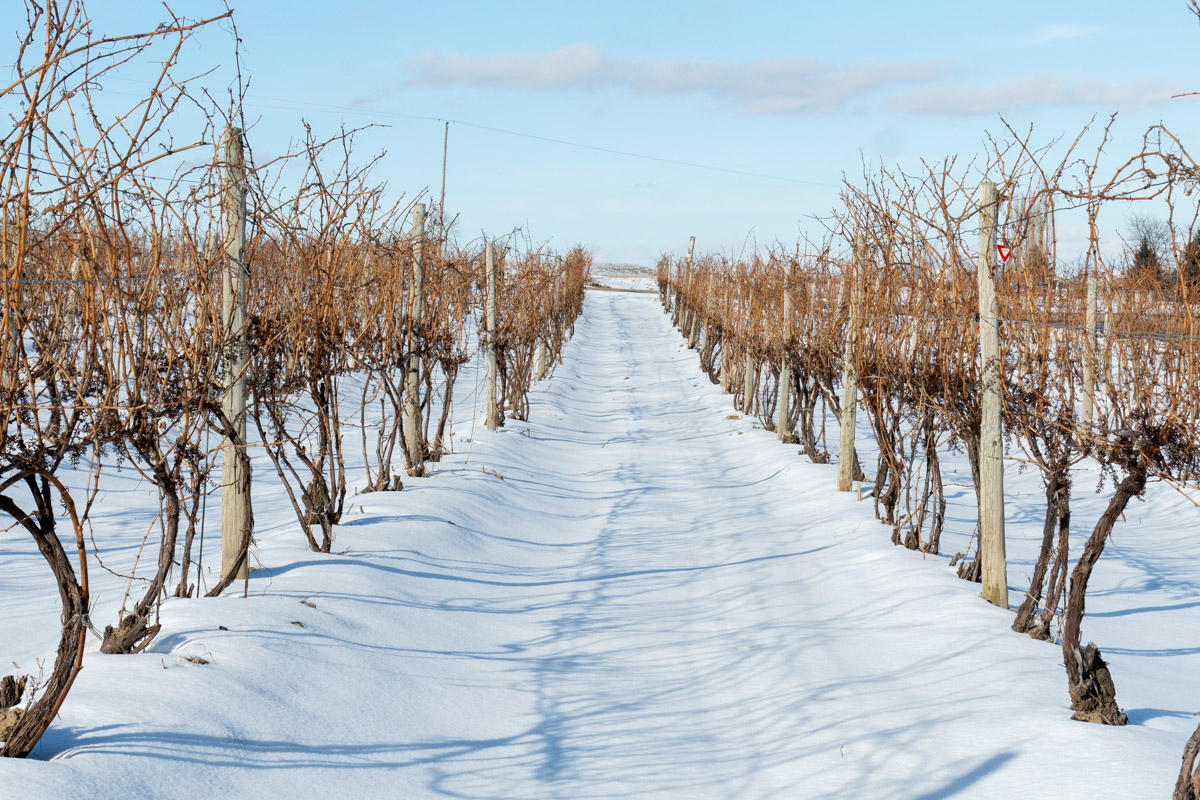
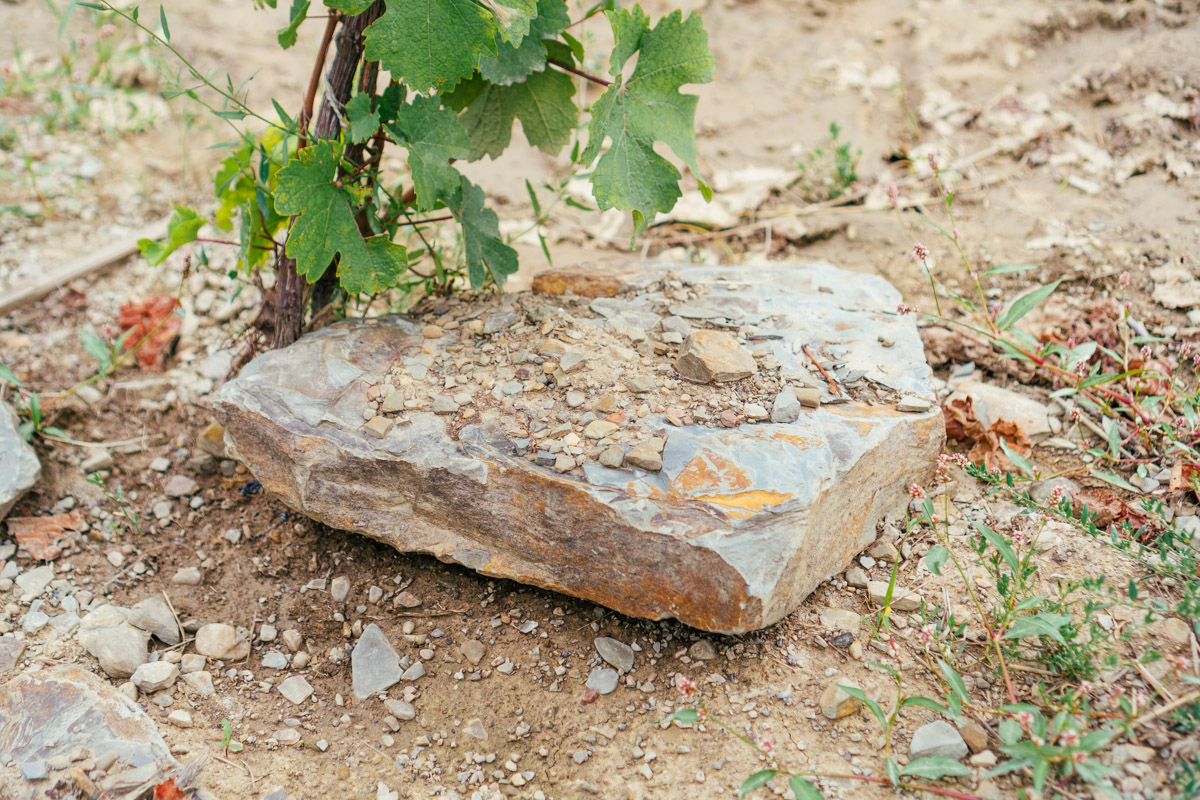
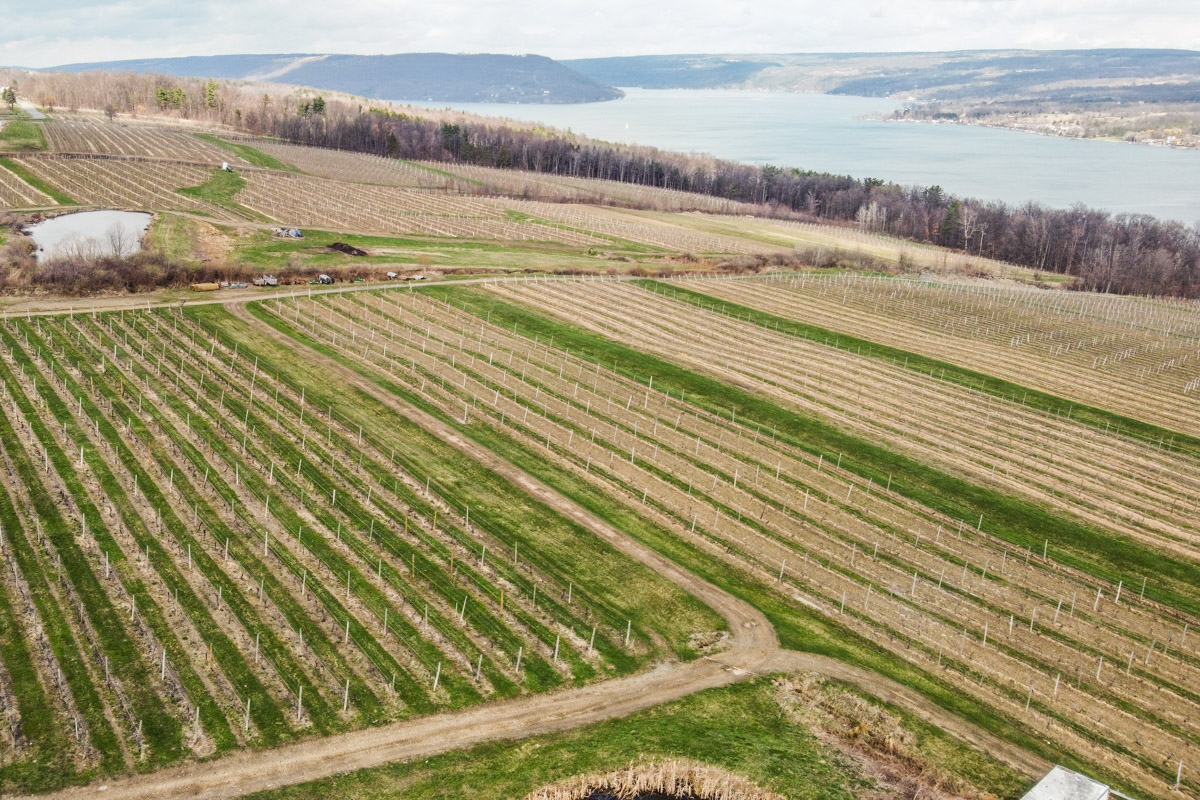
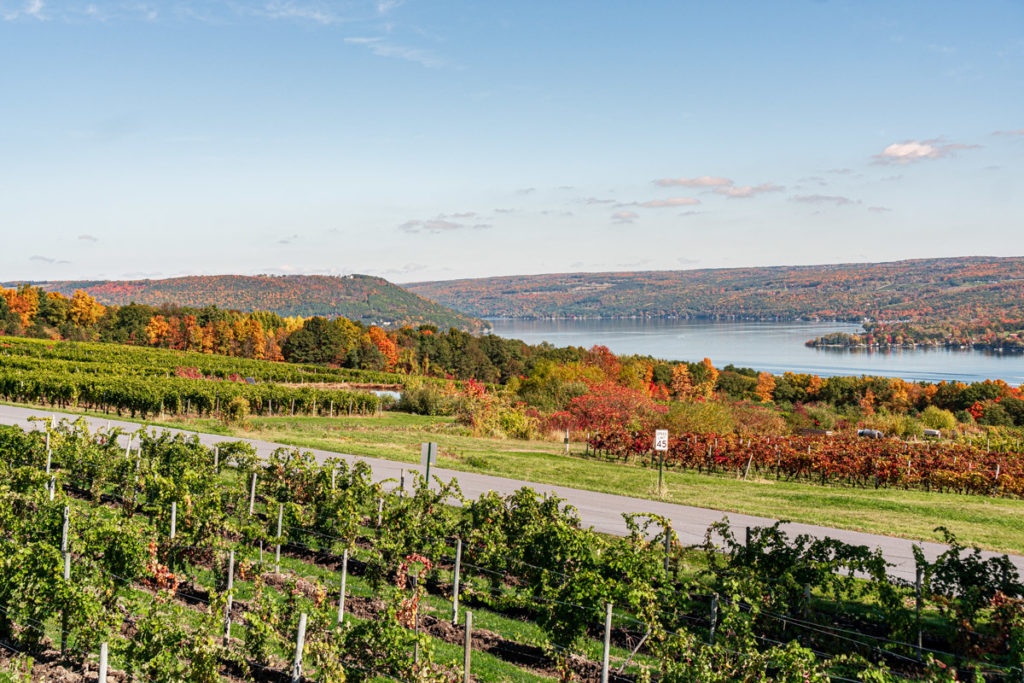

In total, we have 11 varieties planted on Keuka Lake on 70 acres:
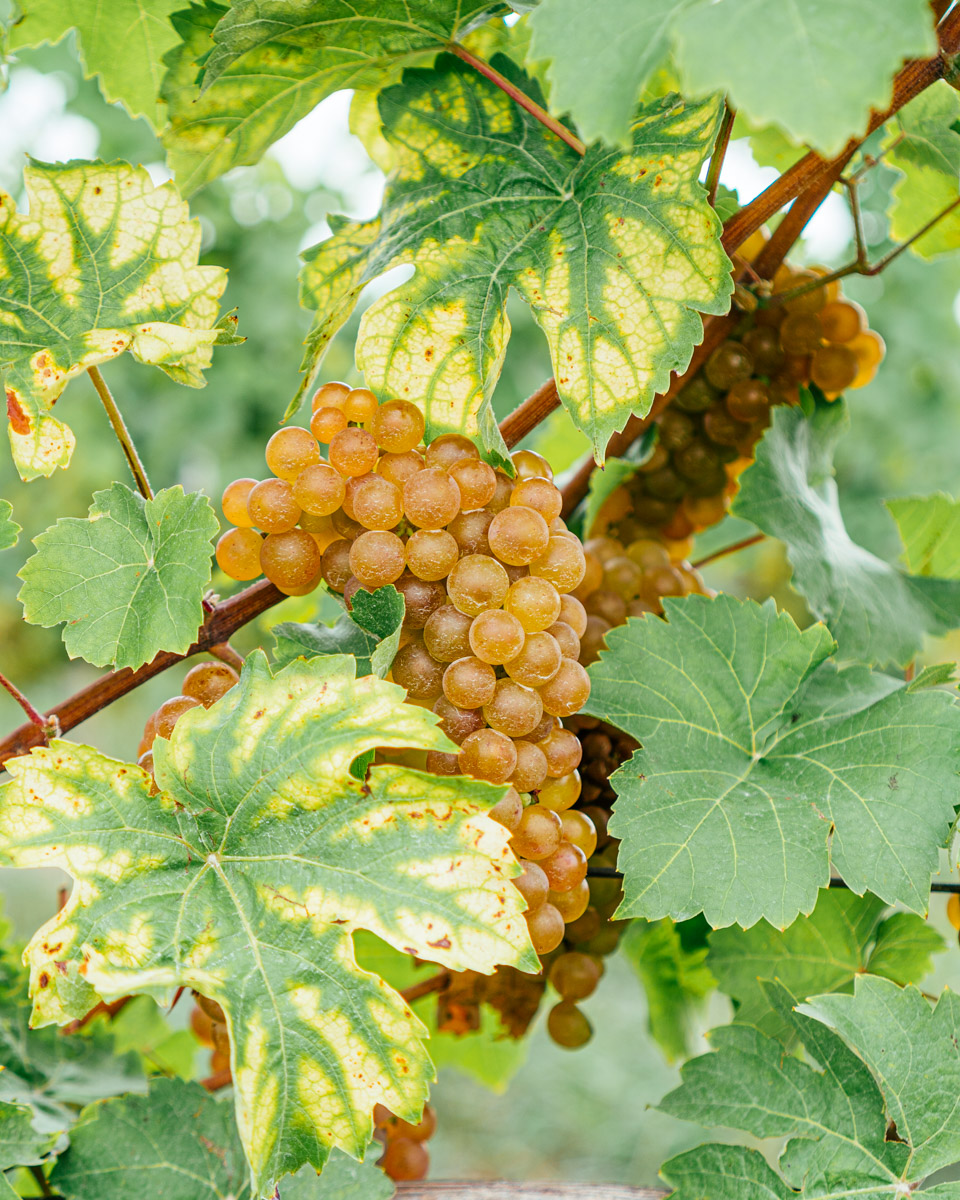
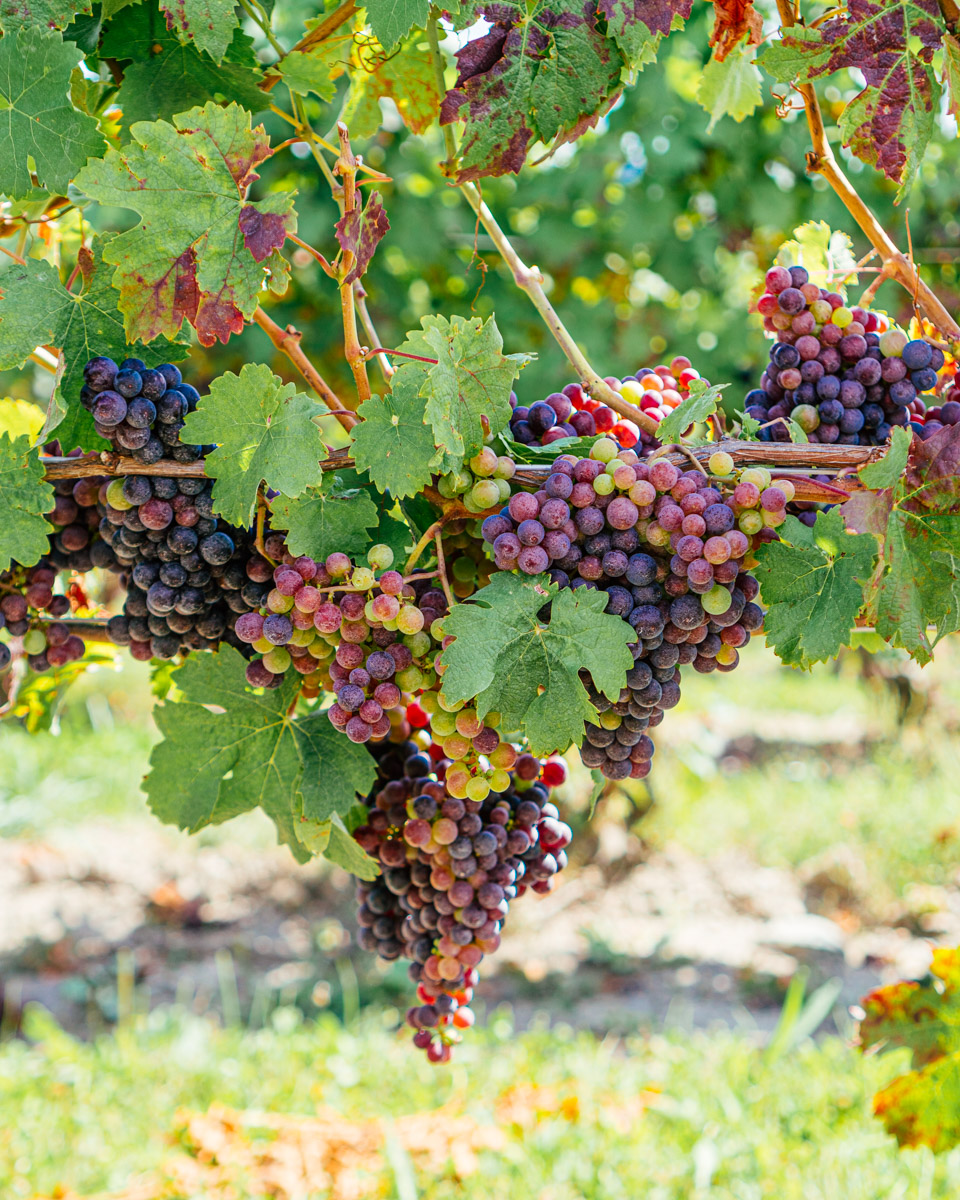
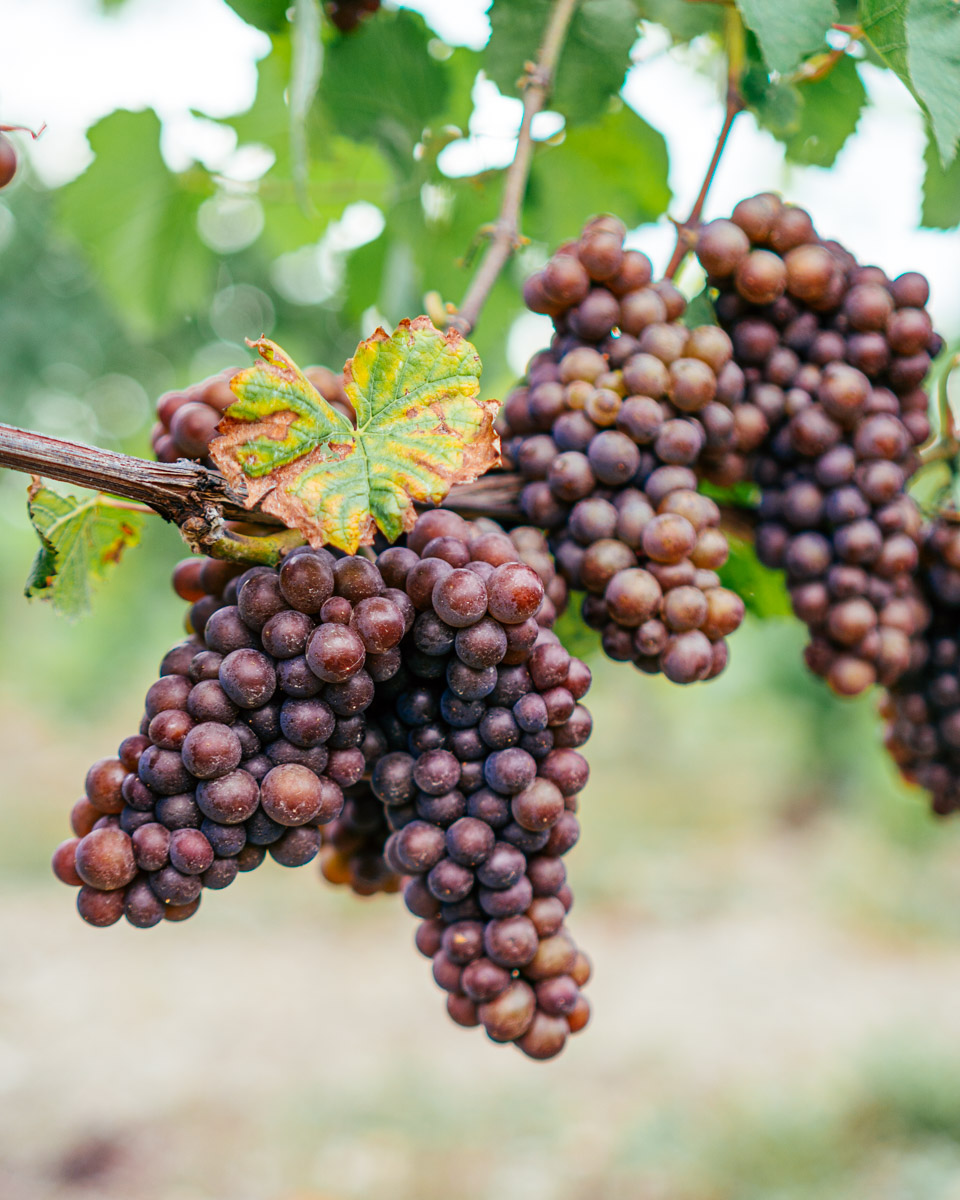
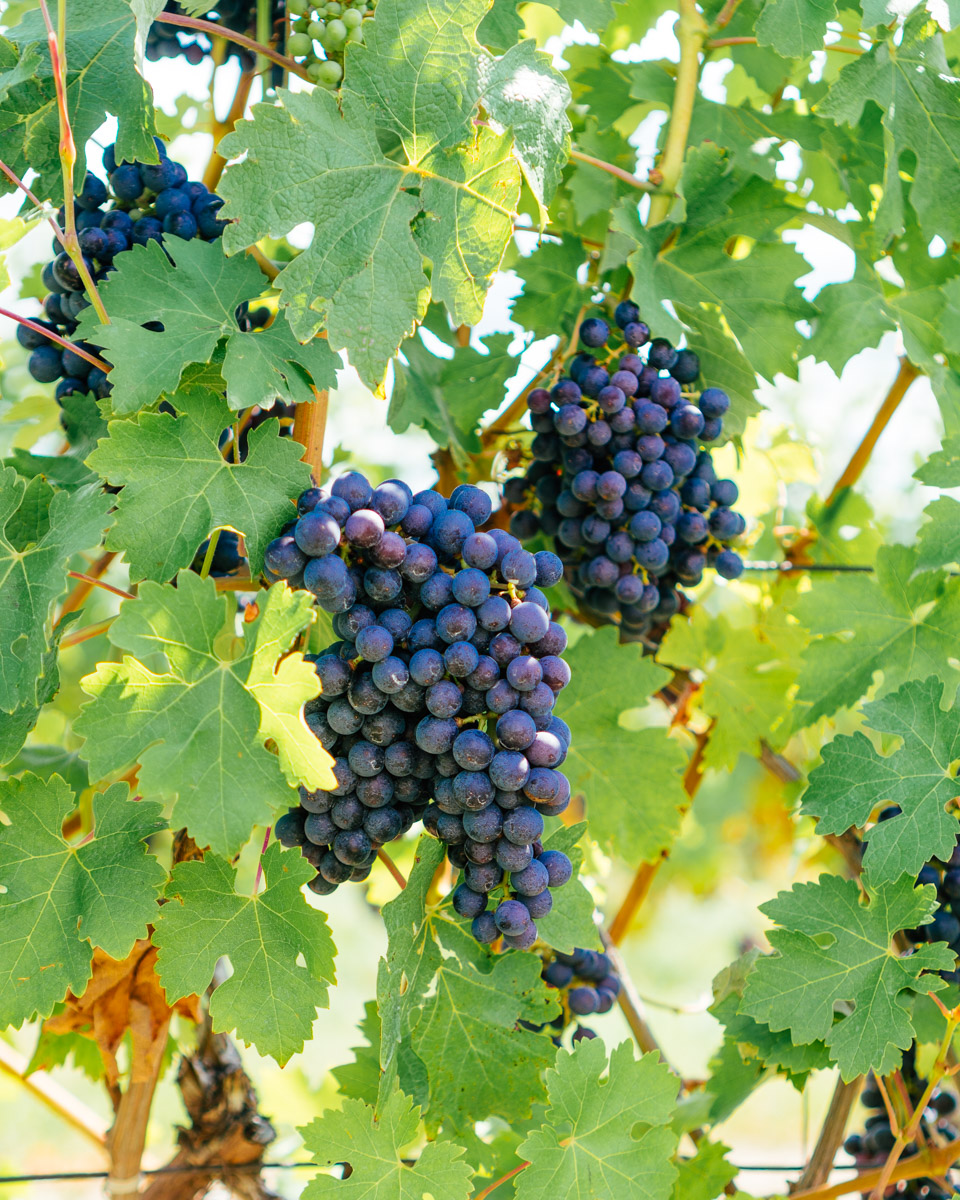

The older the vine, the deeper the root system. The deeper the root system, the more nutrients the vine pulls from the soil resulting in a more complex character.
Old vines have root systems that have grown deep and laterally over a wide area of soil. The vine then can handle different climate conditions every year.
The older the vine, the more balanced it is. Meaning, the foliage, the roots, and the structure naturally produce several grapes that the plant can mature well. This results in limited yields of grapes, but always a consistent and high level of quality.
The vine and its grapes are most adapted to the climate. They learn to self-regulate.
Older vines produce smaller berries, which can lead to more structured wines. There’s a greater ratio of tannin-packed skin to juice.
Young vines are like young people, often vigorous to a fault. They produce more fruit than they can ripen.

In 2006, Fred Frank led the search and eventual purchase of a 60-acre plot on the east coast of Seneca Lake. The plot of land is uniquely positioned near the deepest parts of Seneca Lake where the depths reach 680 feet deep. The depth of the lake here presents a warmer microclimate than Keuka Lake by a few degrees over the growing season. Fred was aware of the future effects of climate change and was looking for land to plant more delicate varieties like Gruner Veltliner, Pinot Noir, Pinot Gris, Saperavi, and Blaufrankisch.
In 2017, the adjacent land became available for sale, just south of the current vineyard. The 30 acres were purchased and soil preparations are underway with a tentative planting of 2021.
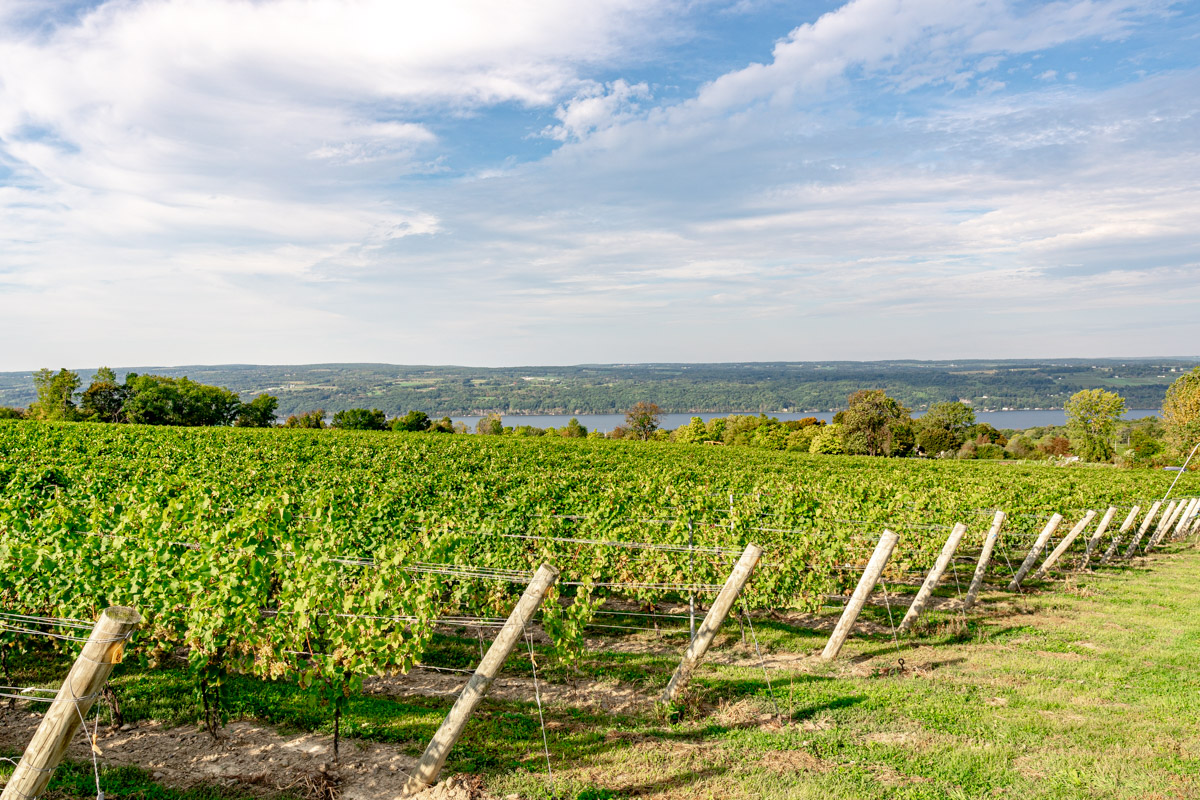
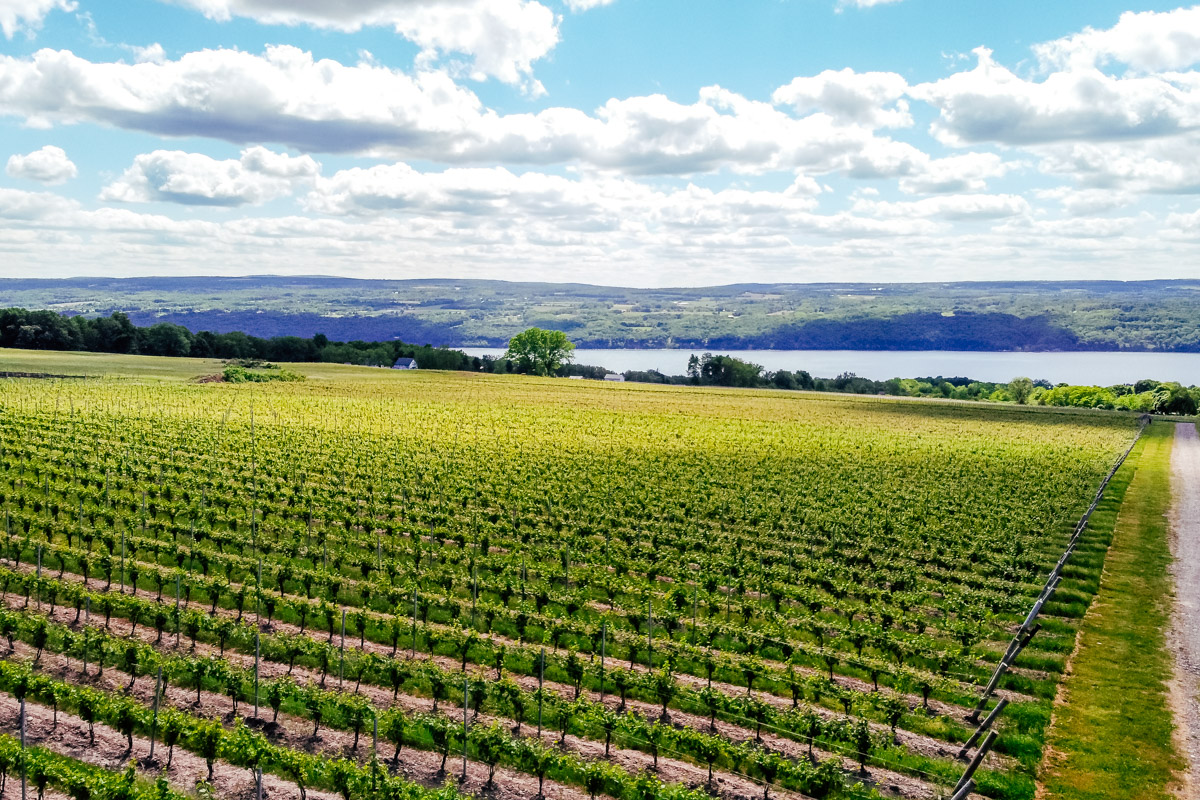

The first variety Fred wanted to plant was Gruner Veltliner. During his studies in Europe, he fell in love with the Gruner wines from Austria and knew the Finger Lakes would be a great home. Between 2008 and 2011, Fred planted nearly 9 acres of Gruner Veltliner, the most under vine for one winery on the east coast.
35 acres of Riesling were planted between 2007 and 2010. Riesling here expresses riper fruit with the increased temperatures and deep honeoye loam soil.
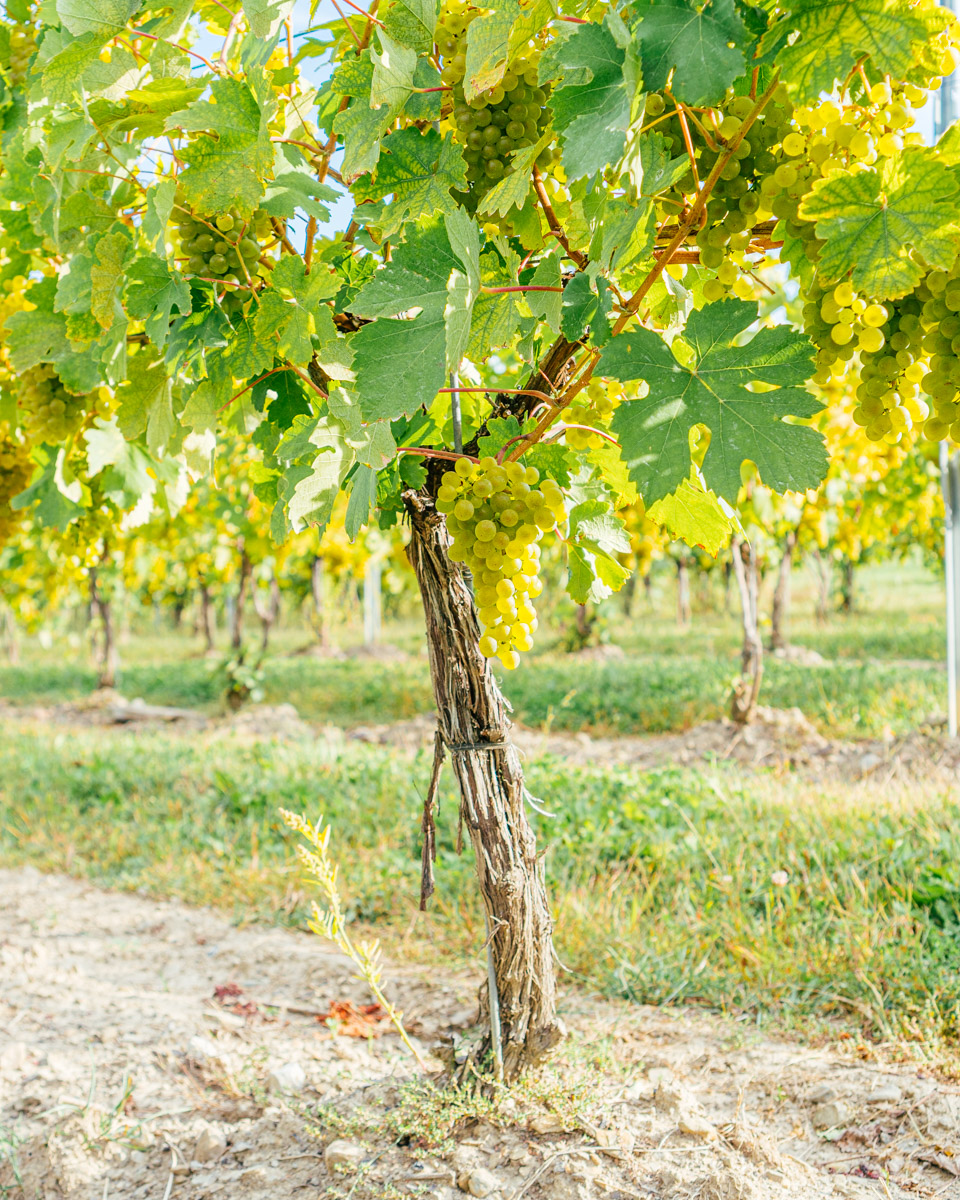
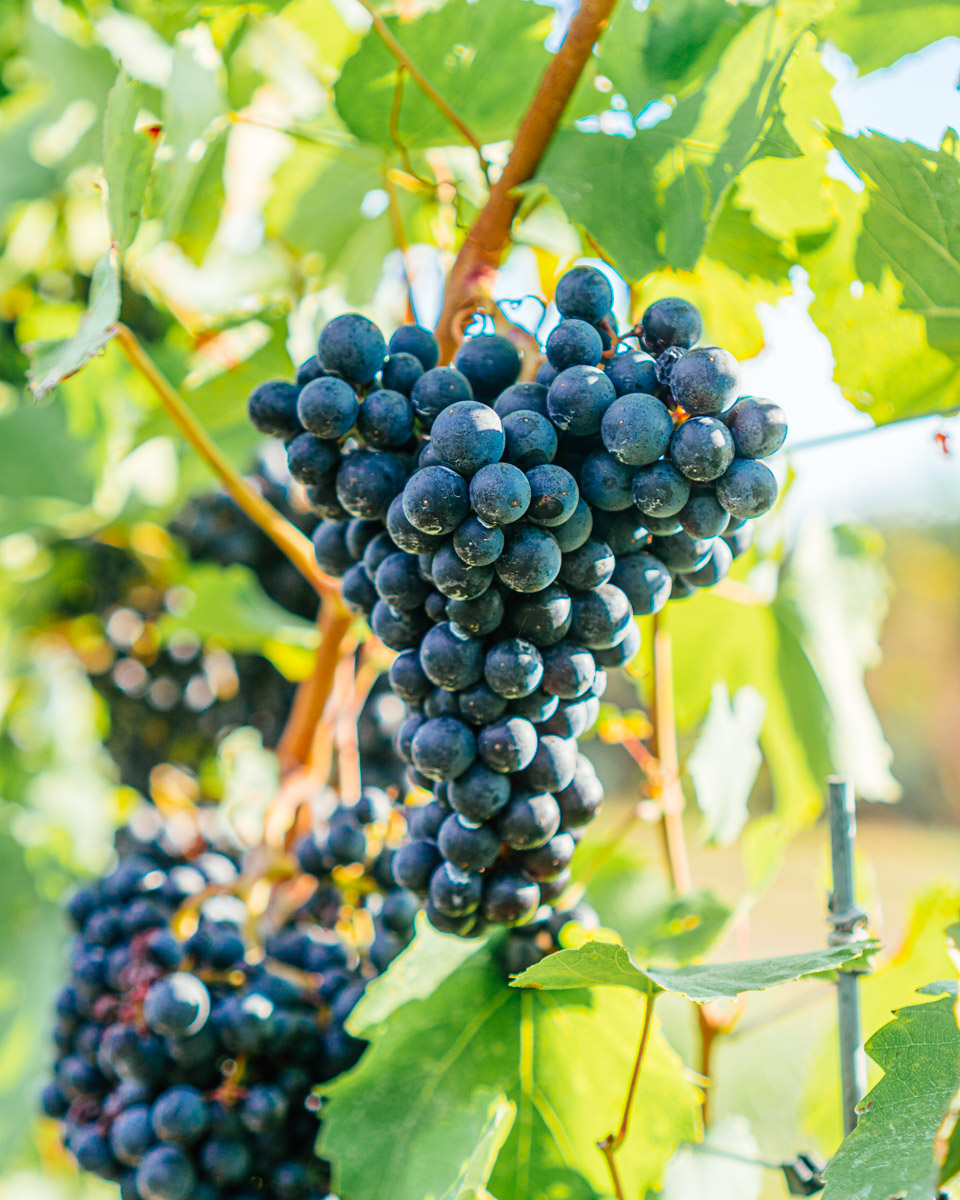
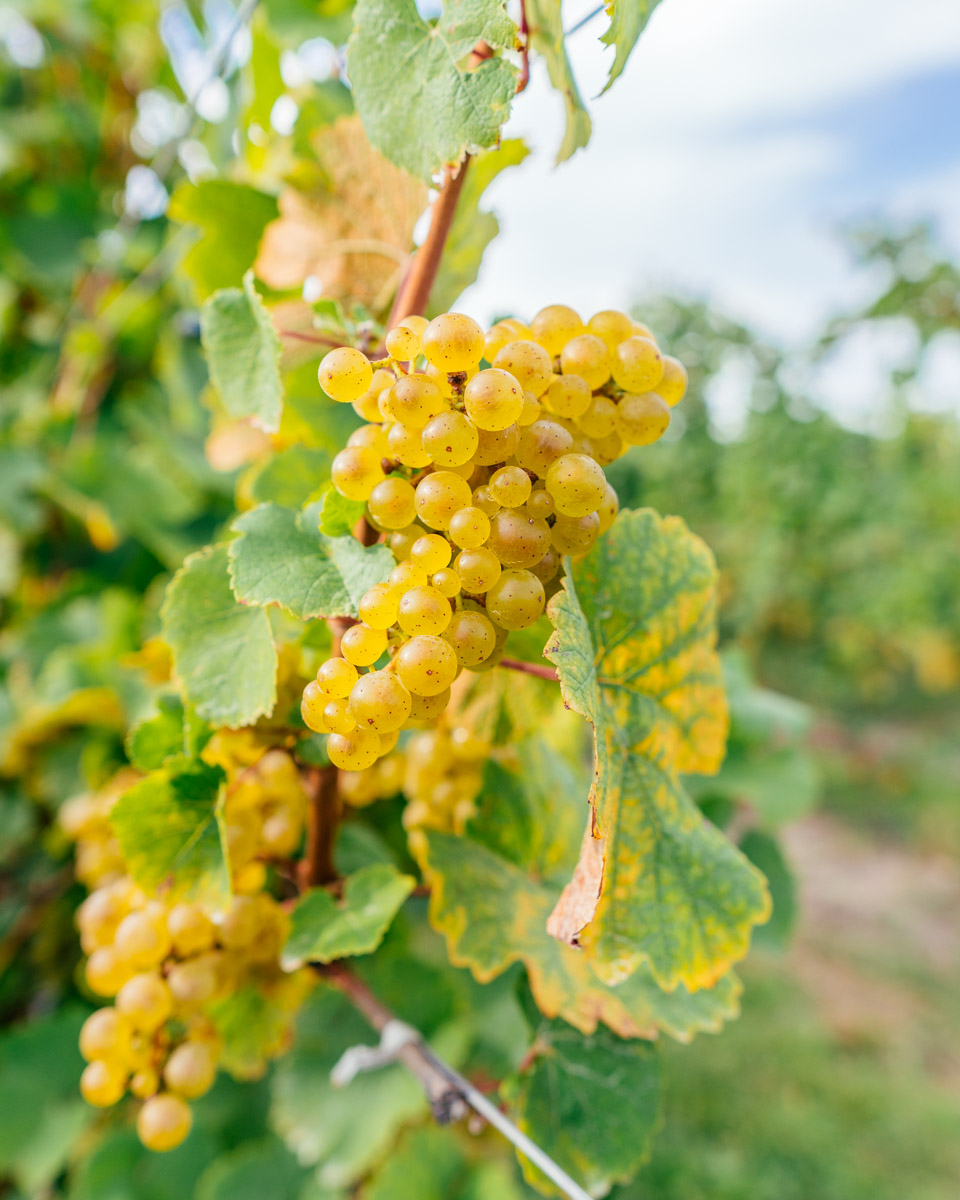
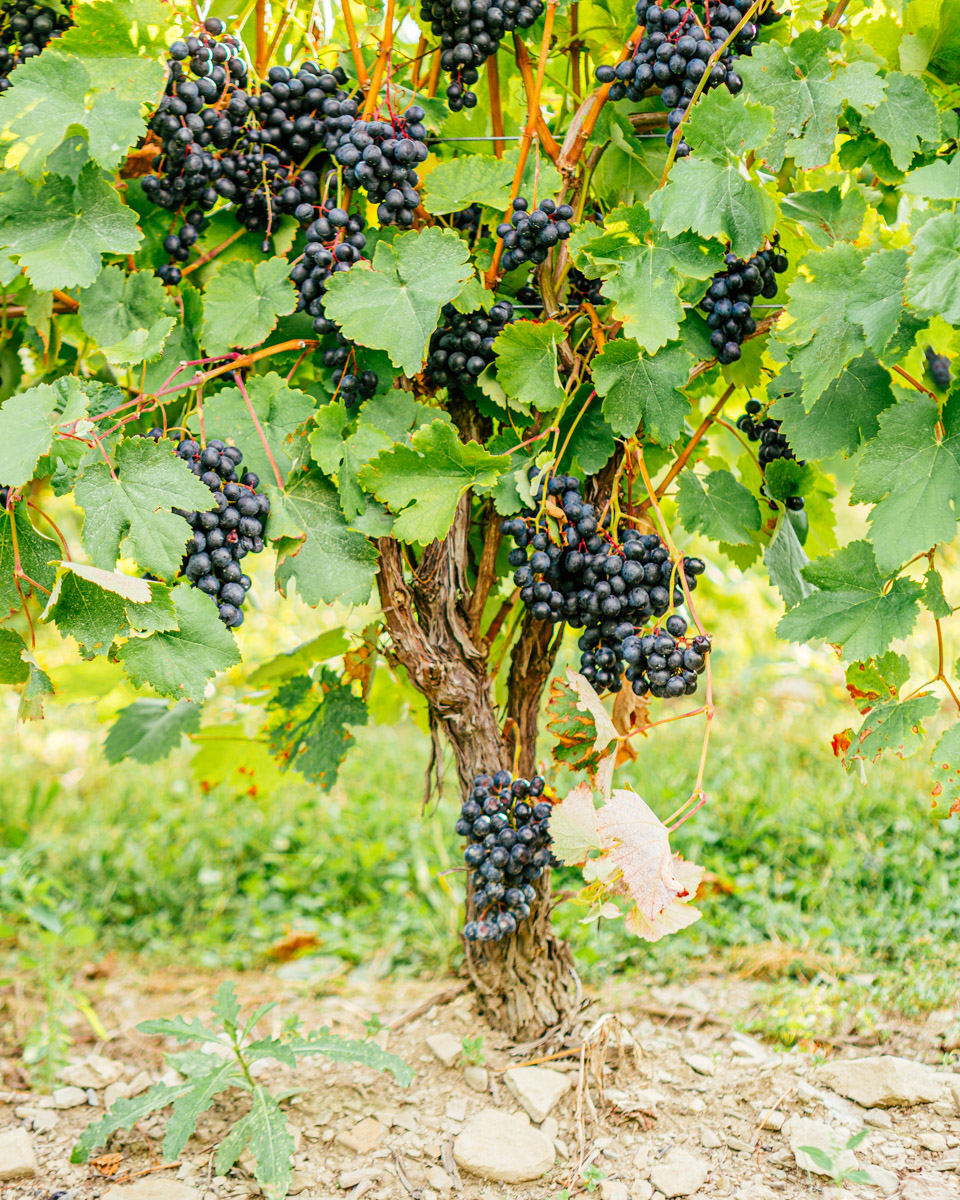

We follow Cornell University’s recommendations for vineyard and winery sustainability, called VineBalance.
VineBalance is a joint effort by the wine and juice grape industry, Cornell Cooperative Extension, and the New York Department of Agriculture and Market’s Soil and Water Conservation Committee to define and promote the use of sustainable growing practices on the 33,000 acres of vineyards in New York.
The program’s major goals are to promote and document grape production practices that:
We limit the number of fungal sprays in the vineyard as much as possible, usually only during wet and humid weather patterns, utilizing organic sprays.
Instead of using a synthetic herbicide to control weeds underneath the vines, we use a mechanical method of weed removal that does not use any herbicides. This increases labor costs dramatically.
All of our vineyards are dry-farmed, hence we are not pulling water resources from local wells and lakes.
The pomace, leftover stems, skins, and seeds, from the winemaking process, are mixed with natural fertilizers and spread back into the vineyards. After winter pruning, the canes are brush-chopped and spread back into the vineyard rows.
Lastly, our winery’s electrical needs are supplemented with solar panels, reducing our carbon footprint.
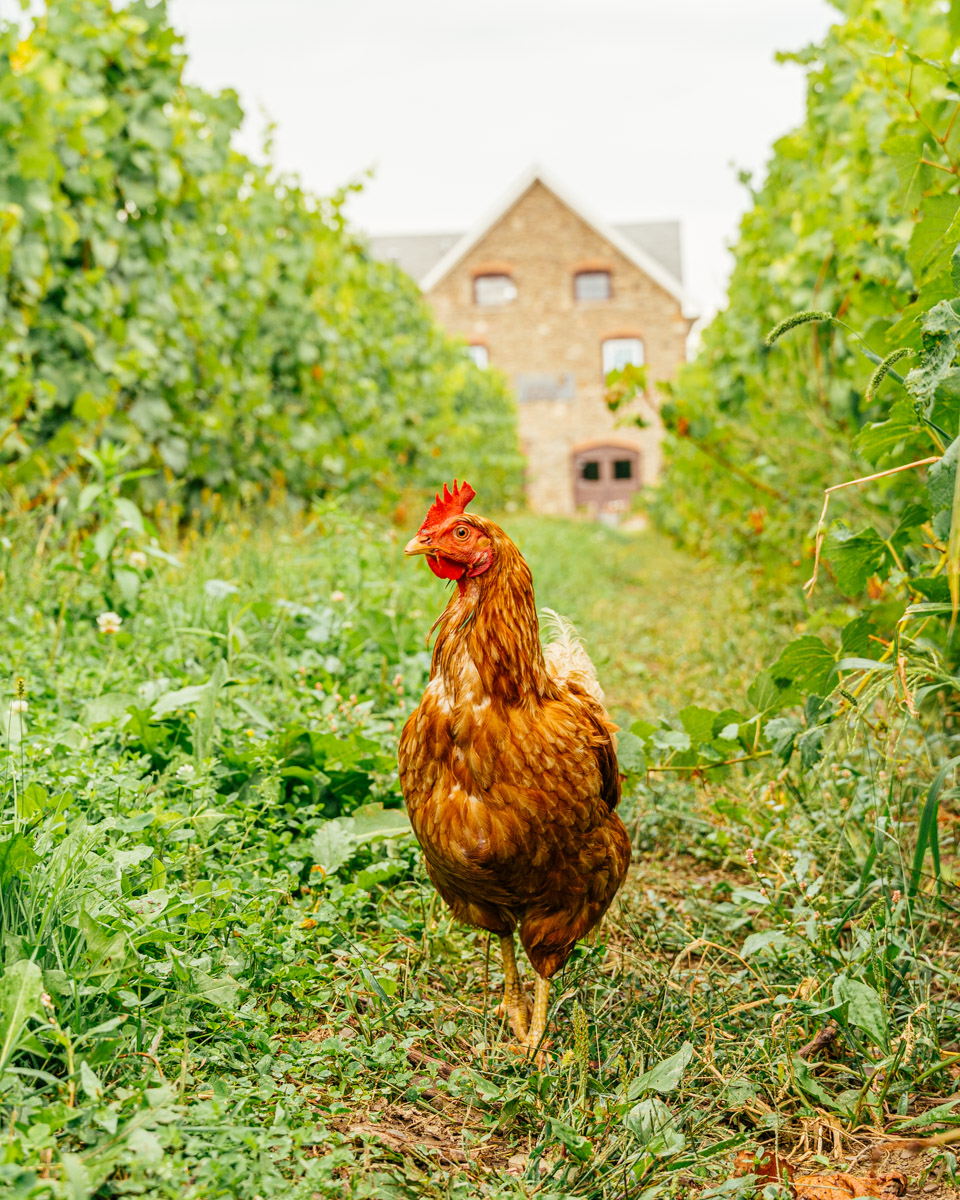
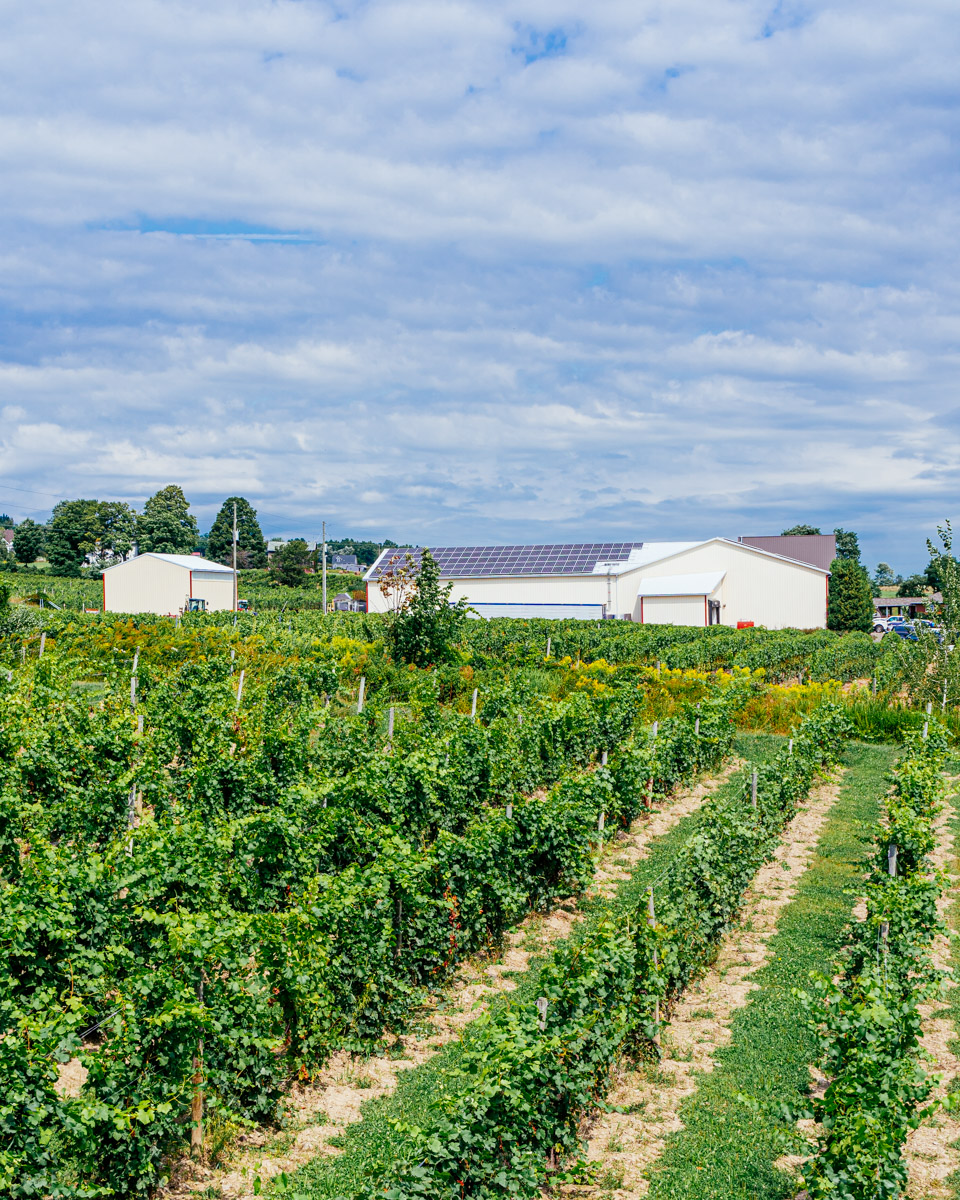

Email list members receive first access to new releases, winery news, and exclusive offers.
Join our email list and stay connected with updates on new releases, special offers, and events.